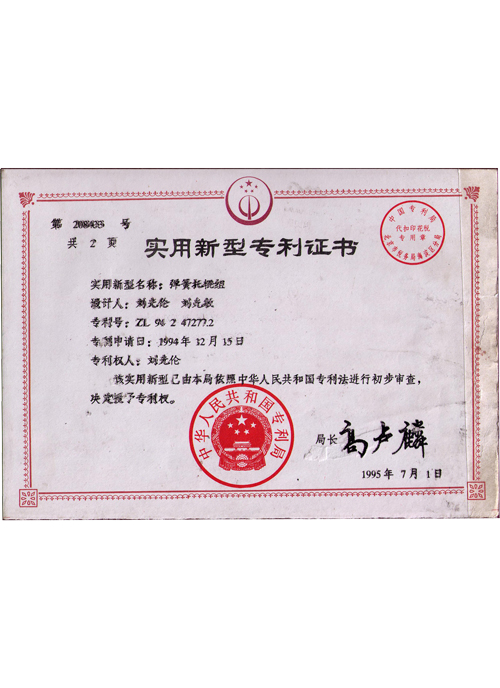conveyor pulley lagging material
Conveyor Pulley Lagging Material Enhancing Performance and Durability
Conveyor systems are vital to various industries, facilitating the efficient movement of materials and products. A critical component of these systems is the conveyor pulley, which plays a significant role in ensuring smooth operation and longevity of the conveyor belt. One essential aspect of pulley design is the material used for lagging. This article explores the importance of conveyor pulley lagging material, its types, and its impact on system performance.
Understanding Conveyor Pulley Lagging
Lagging refers to the material applied to the surface of the pulley to improve traction, reduce belt slippage, and increase the overall efficiency of the conveyor system. It acts as a protective layer for the pulley, minimizing wear and tear and ensuring better grip on the conveyor belt. The right lagging material can significantly enhance the performance of the entire conveyor system, providing greater reliability and reducing downtime.
Types of Lagging Materials
There are several types of lagging materials available, each offering distinct advantages depending on the application and environmental conditions. The most common types include
1. Rubber Lagging This is the most widely used lagging material, known for its excellent grip and durability. Rubber lagging is ideal for handling heavy loads and is effective in wet or slippery conditions. It offers resistance to abrasion and is available in various thicknesses and hardness levels.
2. Ceramic Lagging This advanced material incorporates ceramic tiles within the rubber matrix, providing superior grip and resistance to wear. Ceramic lagging is particularly suited for applications involving high-impact materials, such as gravel or coal, where enhanced traction and durability are crucial.
conveyor pulley lagging material

3. Polyurethanes This material offers a combination of flexibility and wear resistance. Polyurethane lagging is often used in situations where additional wear protection is needed, and its lightweight nature helps in reducing the overall load on the conveyor system.
4. Metal Lagging In extreme conditions, where heat or corrosive materials are present, metal lagging can be an effective solution. It provides excellent durability and can withstand harsh environments, although it typically offers less grip than rubber or ceramic options.
The Impact of Lagging on Performance
The choice of lagging material can profoundly affect the operational efficiency of a conveyor system. Effective lagging helps in reducing slippage, ensuring that the conveyor belt remains securely in place. This not only improves productivity but also decreases the risk of damage to both the belt and the pulley. Moreover, high-quality lagging can extend the lifespan of the pulley itself, leading to lower maintenance costs and less frequent replacements.
Moreover, the right lagging material can enhance safety by providing better traction, thereby reducing the likelihood of accidents caused by slippage. In industries where heavy loads are transported, this aspect is particularly critical.
Conclusion
In summary, conveyor pulley lagging material plays a vital role in the efficiency and longevity of conveyor systems. By carefully selecting the appropriate lagging material based on specific application needs, industries can optimize performance, reduce wear, and ensure safety. As technology advances, it is important for companies to stay informed about new materials and techniques to continuously enhance their conveyor systems’ reliability and efficiency. Investing in quality lagging is not just a maintenance measure; it is a strategic decision that pays dividends in the long run.
-
Impact Roller for Belt Conveyor – Durable Solutions for IndustryNewsNov.24,2025
-
Rubber Conveyor Rollers – Quiet, Durable, Sealed BearingsNewsNov.24,2025
-
Industrial Conveyor Belt Rollers: Durable Solutions for Harsh EnvironmentsNewsNov.24,2025
-
Idler Rollers for Belt Conveyors | Durable, Low-Noise OEMNewsNov.24,2025
-
Durable Rubber Conveyor Belt Rollers for Industrial UseNewsNov.24,2025
-
Ceramic Lagging Conveyor Pulley – Anti-Slip, Wear-ResistantNewsNov.17,2025






























